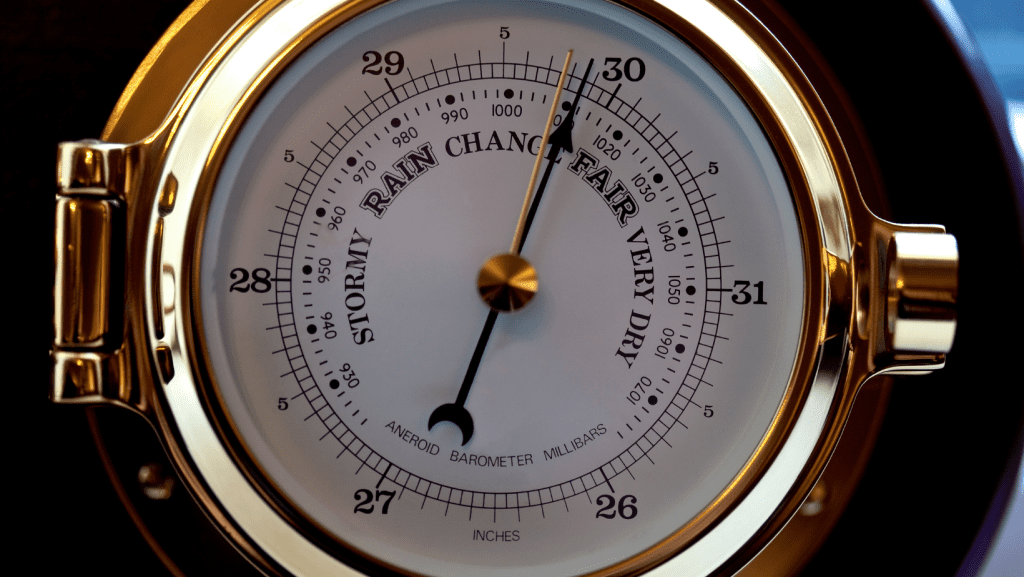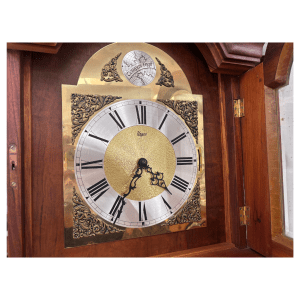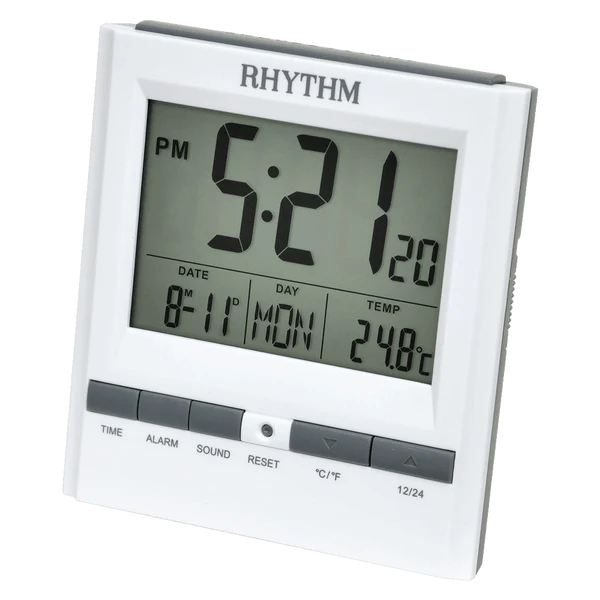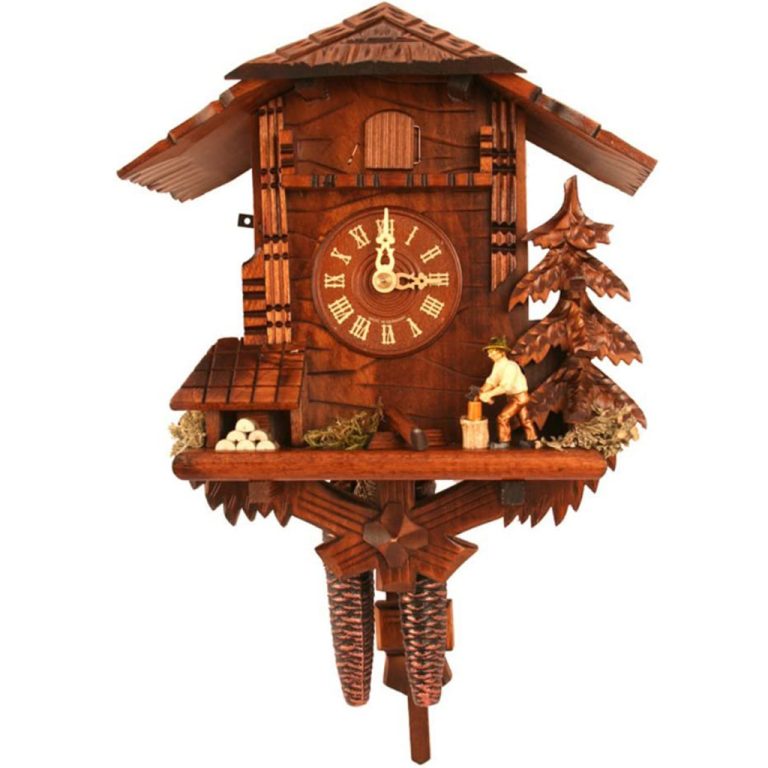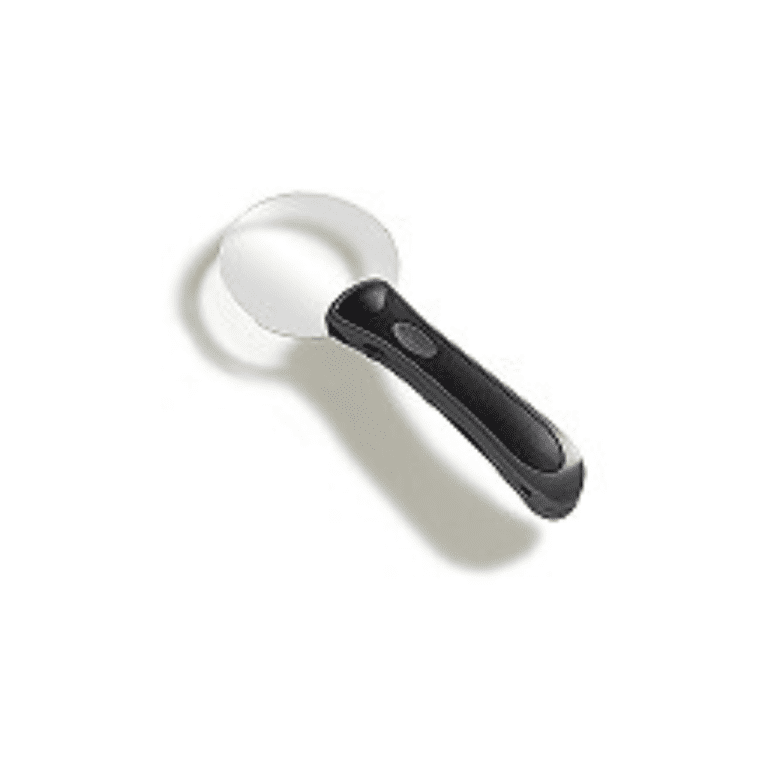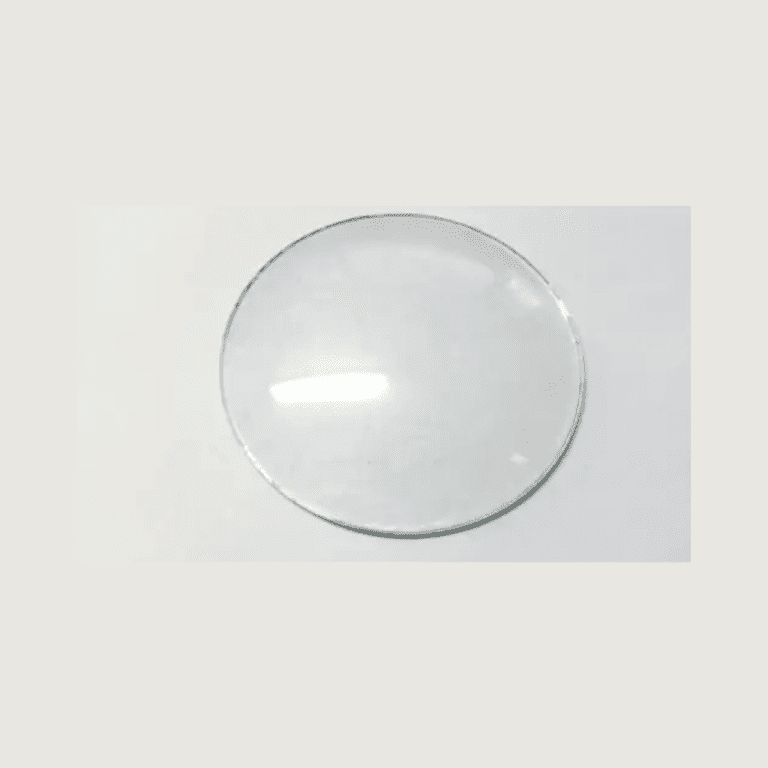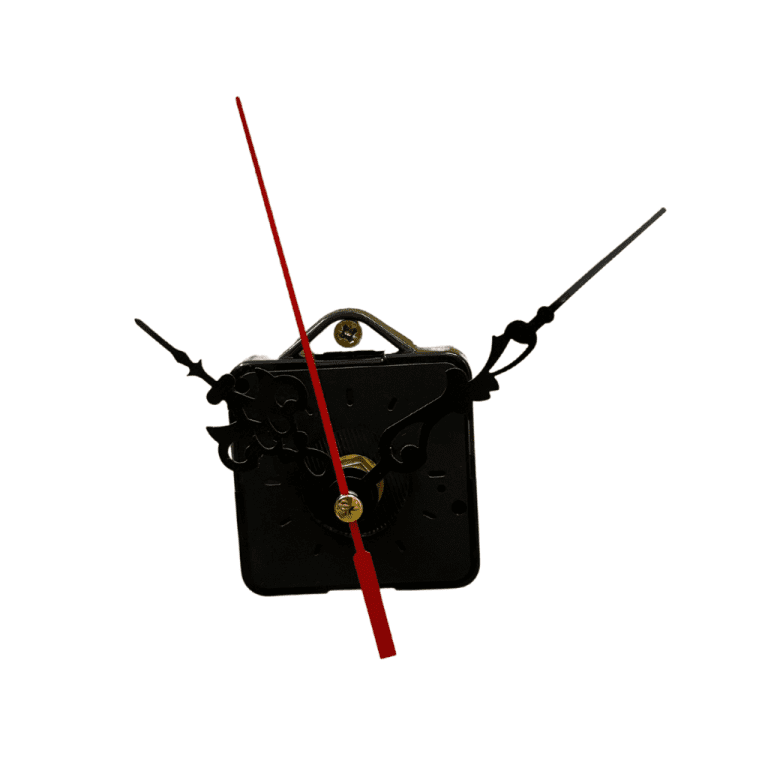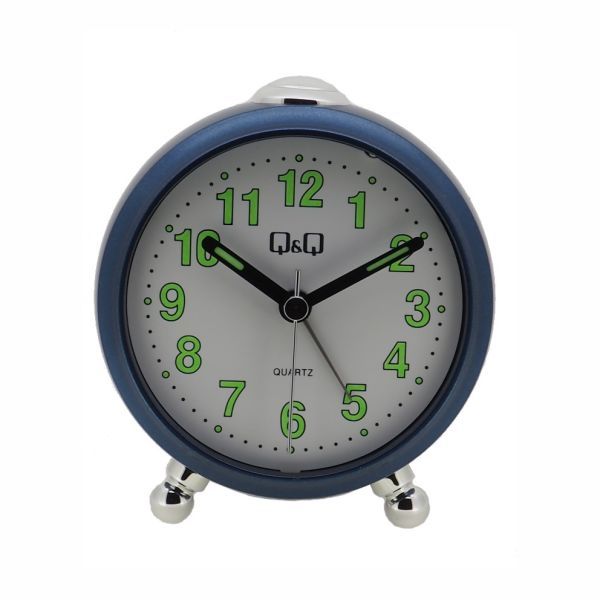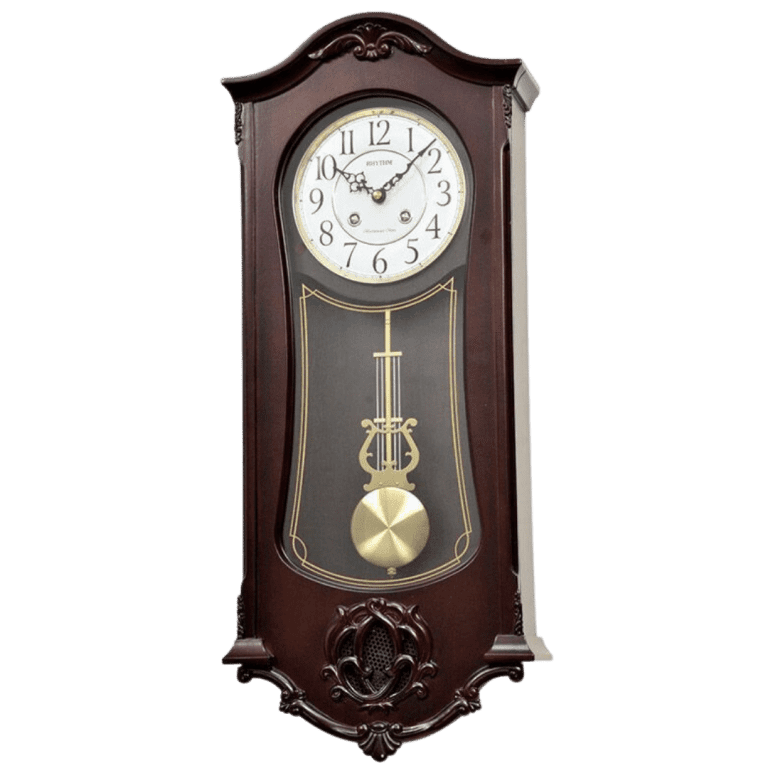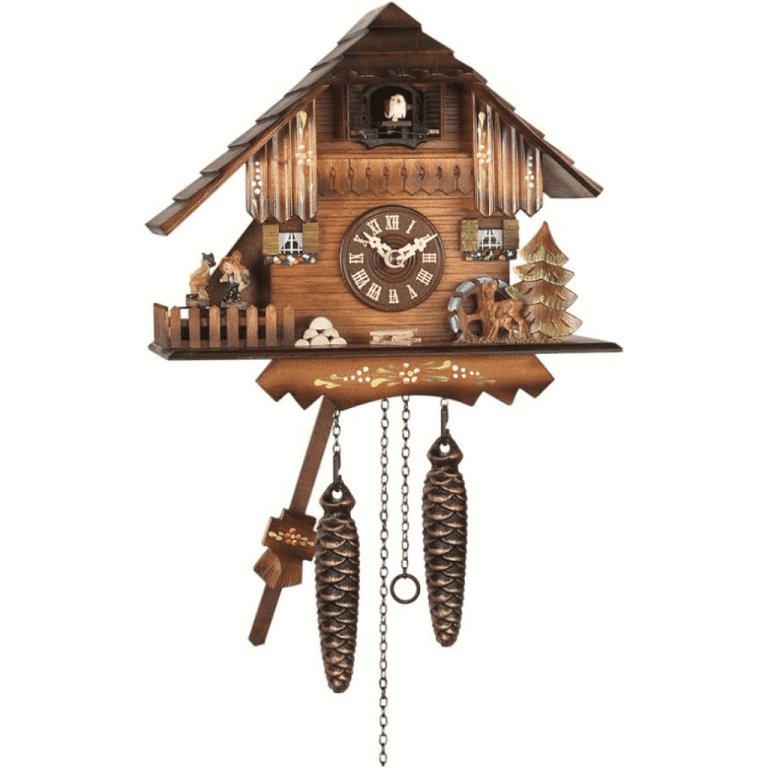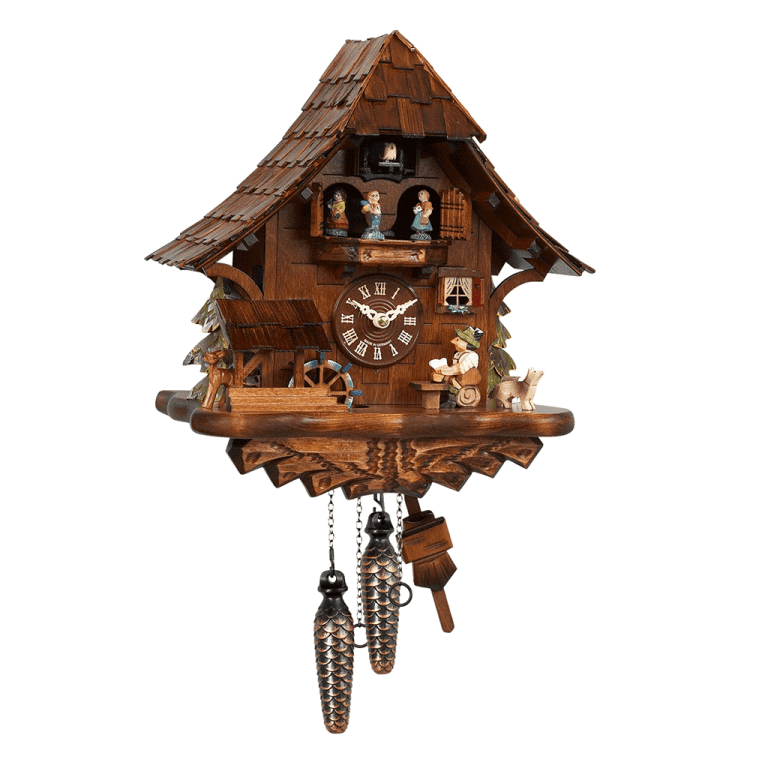Most weather stations will use a variety of instruments that are needed for measuring aspects like the conditions of the atmosphere to help with measuring and predicting changes in the climate.
One of the most vital of these tools is a barometer and this article is intended to assess what a barometer is used for in determining weather conditions and how it works to do this.
A barometer is described as a meteorological tool which is used for measuring the air pressure in the atmosphere of a certain environment.
This is a very important tool for correct function of a weather station and is often used alongside other tools and instruments to gauge the current and future weather conditions. This tool also has a use in aviation where it is used to measure the altitude.
Barometers have been in use for centuries and can be either used by themselves or as a component within a larger system. No matter whether they are being used solo or with other tools, the importance of the barometer can not be understated.
Barometers have been in use for centuries and throughout this time their use and design have evolved and this is why there are now so many different types of barometers around.
While these different types of barometer are mainly used within meteorology, they do come into use in other industries as well, for example, the aforementioned aviation example.
If you have any questions about what a barometer is in more detail, what the different types of barometer are, and how these different types work, keep reading to find all of this out!
A History Of Barometers
In the early parts of 1631 a French designer who was named René Descartes is shown to have described the design of a trial which would be used to measure the pressure of air.
However, there is no evidence of this trial actually having taken place, this is why the inventor of the barometer is credited to Evangelista Torricelli who made the first barometer in 1643.
It was Torricelli, a scientist, who concluded that the air which is in the atmosphere had a specific weight, and it was placing pressure on the land and objects which are below it. This belief however was widely not believed at the time, even by his peers.
Because of this and the ever-changing politics and belief systems present at the time Torricelli had to continue his work in private.
It was in this time that Torricelli discovered that he would need to use a liquid that was heavier than water for his experiment to be successful.
Because of this he decided that his barometer would need mercury and this also lead to the creation of the mercury thermometer.
After this a designer called Blaise Pascal gained awareness of Torricelli’s design and ended up putting it under further testing leading to it being perfected.
Different Types Of Barometers
As previously mentioned, the barometer is an instrument primarily used in meteorology and is used to measure the atmospheric pressure within a certain environment. As well as measuring the atmospheric pressure, they are also used to measure altitude as well.
There are also different types of barometer which all work in a different way and some a better at a more specific function than others. In total there are 4 main types of barometers which all have a distinct design and functionality which can be used to identify them.
This section of the article will dive into each of these 4 types and explore how they function!
Mercury Barometer
The mercury barometer was the one which was originally invented in 1643 by Evangelista Torricelli and because of this it is the earliest known version of a barometer.
This version of a barometer uses a flat pan design and is sealed with a vertical glass tube and this is filled using mercury which will be used to measure changes in the air.
Water Barometer
The water barometer is one which is more commonly used today and is often known as the weather ball barometer, and it was originally designed by an inventor called Johann Wolfgang Von Goethe and this is why as well as its two other names it is sometimes called a Goethe Barometer.
This is a tool with a very simple design which is a glass container which is sealed and is attached to a narrow long spout, and it is filled with water as the name suggests.
Aneroid Barometer
Invented in 1844 by an inventor called Lucien Vidi, the aneroid barometer who was a physicist from France and was also the creator of the barograph.
The aneroid barometer is a metal box which is sealed with either one or a whole series of chambers will be connected onto a spring and this will be used to power the indicators which display the air pressure.
Digital Barometer
These are the most modern forms of barometers, and they are also the most commonly used in modern homes as well as in the professional weather stations (see also ‘What Are The Best Home Weather Stations?‘).
This device also has one of the more simplistic designs due to its modernity with a detection cell which will simply respond to air pressure.
A barometer, as previously mentioned, is just 1 of many instruments which all work together in a weather station which all work to detect changes in the weather using a variety of different sensors which measure different aspects of the weather.
The 4 types of barometer just mentioned are the most relevant as well as the most commonly used, so while this has not covered every type of barometer, it has covered most of them.
But just knowing what they are is only half the answer, so how do each of them work?
How Does A Barometer Work?
While all barometers are designed with the purpose of measuring the pressure of the atmosphere, each of them do this in a slightly different way making the efficacy of the devices variable.
It is interesting to see how these devices with their different components work to display the air pressure of a certain environment so let’s look at how they do this!
How Does A Mercury Barometer Work?
Also known as the Torricellian barometer amongst other names, the mercury barometer is usually made with an open flat container which will be filled with mercury.
There will be a glass tube at one end that is sealed and this will be placed within the center of the aforementioned container, the open-ended part of the container will be positioned with its bottom within the mercury component.
When the temperature of the air goes up it will then be pushing down on the mercury and this will force it into the container and will instead make the mercury rise.
And of course when the temperature decreases, the opposite of this will occur, so when the pressure goes down the mercury will go down.
The glass tube of this kind of barometer will be properly calibrated as well as making sure its measurement marks will be accurate to be able to read the reading for the air pressure.
How Does A Water Barometer Work?
The water barometer, also known as a weather ball is a glass container which is also sealed and has a narrow spout that will be connected onto the side of this container which curves up alongside the side of the weather ball.
The glass ball will only be partially filled with a liquid which is of course, water-based and when the pressure of the air increases it will be pushing the water that is in the spout down.
When the pressure of the air goes down there will be much less pressure on the water which will make it, so the liquid instead goes up.
There are also some glass barometers which are sealed which will use measurements that are marked onto the container. The reason why this is done is to measure how much the water has gone up or down with the changes in the temperature.
You will want to make sure that the container is properly calibrated to have correct measurement markings as this will improve its consistency and accuracy in its readings.
How Does An Aneroid Barometer Work?
The aneroid barometer is designed to have one or more metal capsules that are fully sealed.
The container is connected to a spring which is under some tension and then the spring is attached onto mechanical levers which are used to control the needle or a similar indicator on the face of the barometer.
When the air pressure increases, there will be more force put onto the metal container and this will make it, so the tension in the spring increases making it contract, this will of course change the levers and then display on the needle of the barometer.
Like other barometers, when the pressure drops, the opposite of this will occur and the metal container expands with the needle going in the opposite direction. One of the most recognizable types of barometer is an aneroid barometer with a round needle face.
How Does A Digital Barometer Work?
The electronic or digital barometer simply uses a detection cell which is used to measure air temperature and as well as this is sensitive to atmospheric pressure which will influence the ability of the cell to conduct and relay electricity.
When this ability changes the electrical current will change and this will be used to display the air pressure. The detection cells these devices use are versatile but also small meaning they can be installed in a variety of other devices, sometimes even in smartphones.
Where Should You Put A Barometer?
Some barometers work better indoors while others are better outdoors, but there is some advice to always follow.
Make sure that your barometer is in shade and not direct sunlight, on top of this it should not be directly exposed to heat. You should also place it away from drafts and high wind and make sure it is on a stable surface where it will not get knocked or bumped.
Credited to:monsoonsafety

